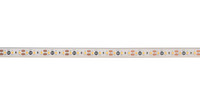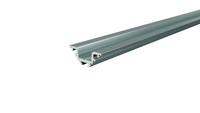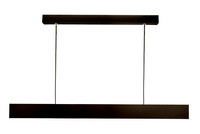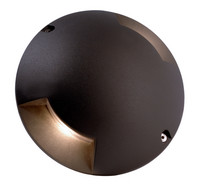
THE OFFICE BUILDING LA CROIX IN STUTENSEE
Customers are increasingly focussing on modern, open designs. In order to support the mostly clear geometric design language of these buildings in terms of illumination
and to meet the high demands of the respective customers, in these cases we generally dispense with the use of classic luminaires and recessed spotlights in favour of a
linear lighting solution.


LIGHTING
The lighting picks up on the geometry of the dominant entrance area and supports the striking design language. Barely visible during
the day, it emphasises the protruding element after sunset and guides visitors inside the building.
The use of linear light impressively emphasises the basic shape of the building without disturbing the design language and without itself becoming too obvious. In contrast to classic lighting solutions, the open, unobstructed view into the building remains unobstructed. In addition, the precisely positioned lighting elements convey the impression of a drawn three-dimensional spatial model - with the difference that no pencil was used here, but light was used to "draw".
The use of linear light impressively emphasises the basic shape of the building without disturbing the design language and without itself becoming too obvious. In contrast to classic lighting solutions, the open, unobstructed view into the building remains unobstructed. In addition, the precisely positioned lighting elements convey the impression of a drawn three-dimensional spatial model - with the difference that no pencil was used here, but light was used to "draw".
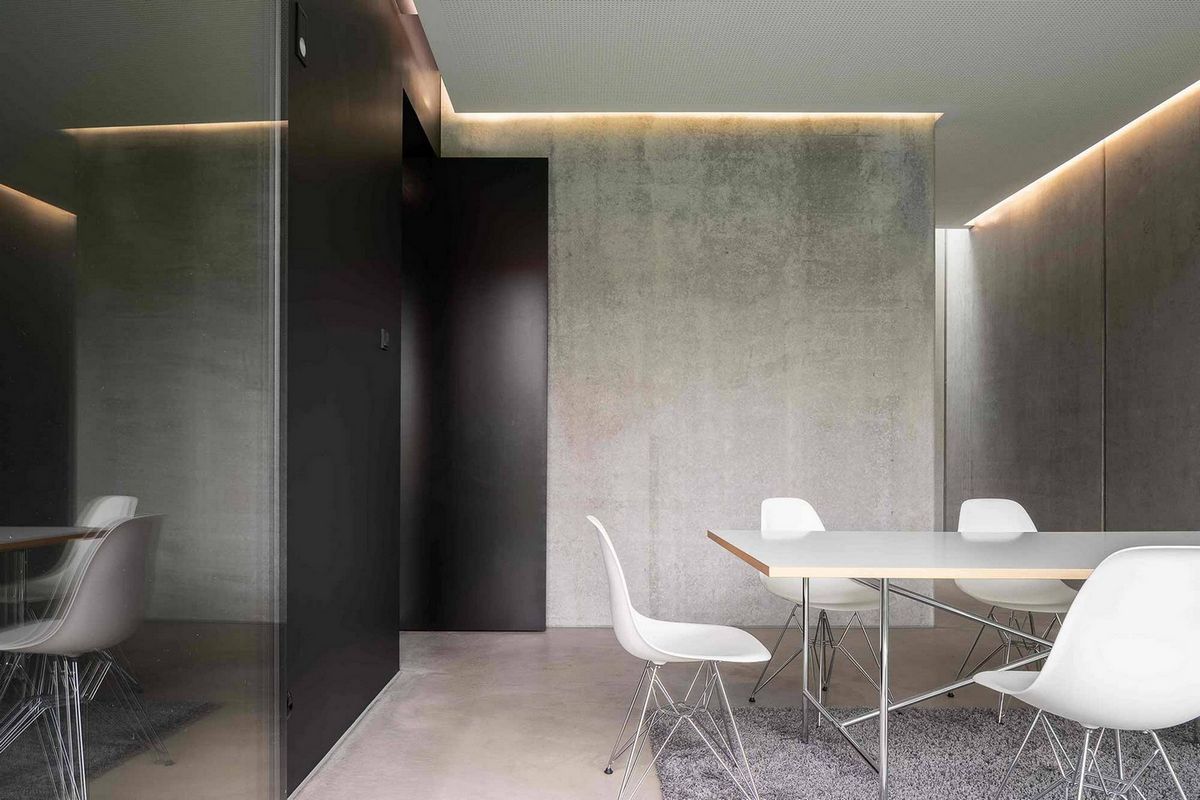

DIRECT AND INDIRECT LIGHTING
In contrast to direct lighting, indirect lighting on the large-format mirror creates an additional dimension of depth. In
addition, modern lighting and control systems allow the light colour to be individually adjusted to simulate daylight situations - for example for daily make-up.
As linear light in this design is used as a site-specific design element, additional free-standing or pendant luminaires can be used to create accents that an be flexibly positioned in the room. The in-ground spotlight in front of the olive tree has a similar effect. Particularly in combination with large glass surfaces, outdoor areas and patios can become a "black hole" without appropriate illumination. This is in stark contrast to the solution shown here, which turns the courtyard into an eye-catcher and architectural object in the evening.
As linear light in this design is used as a site-specific design element, additional free-standing or pendant luminaires can be used to create accents that an be flexibly positioned in the room. The in-ground spotlight in front of the olive tree has a similar effect. Particularly in combination with large glass surfaces, outdoor areas and patios can become a "black hole" without appropriate illumination. This is in stark contrast to the solution shown here, which turns the courtyard into an eye-catcher and architectural object in the evening.
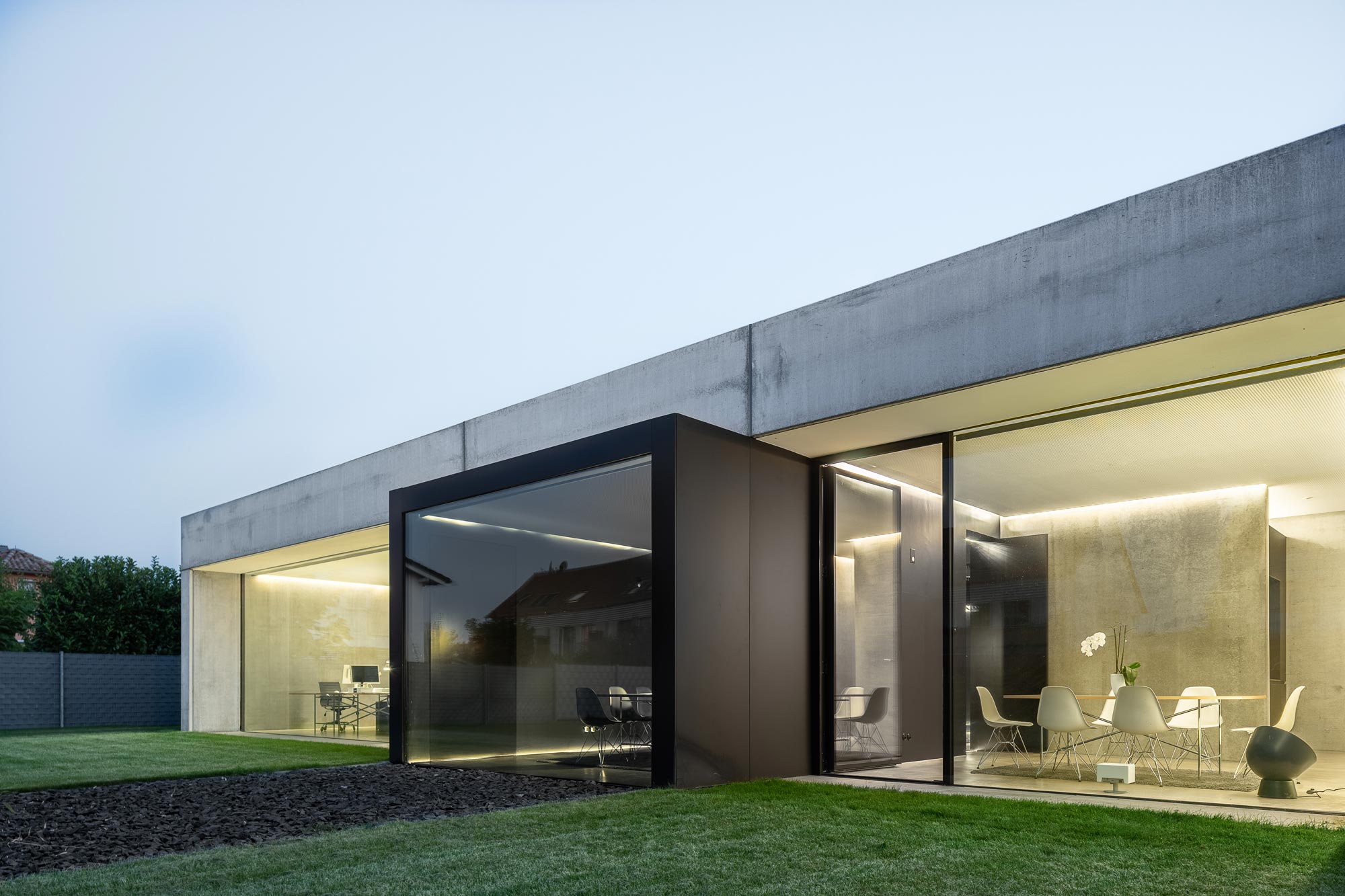
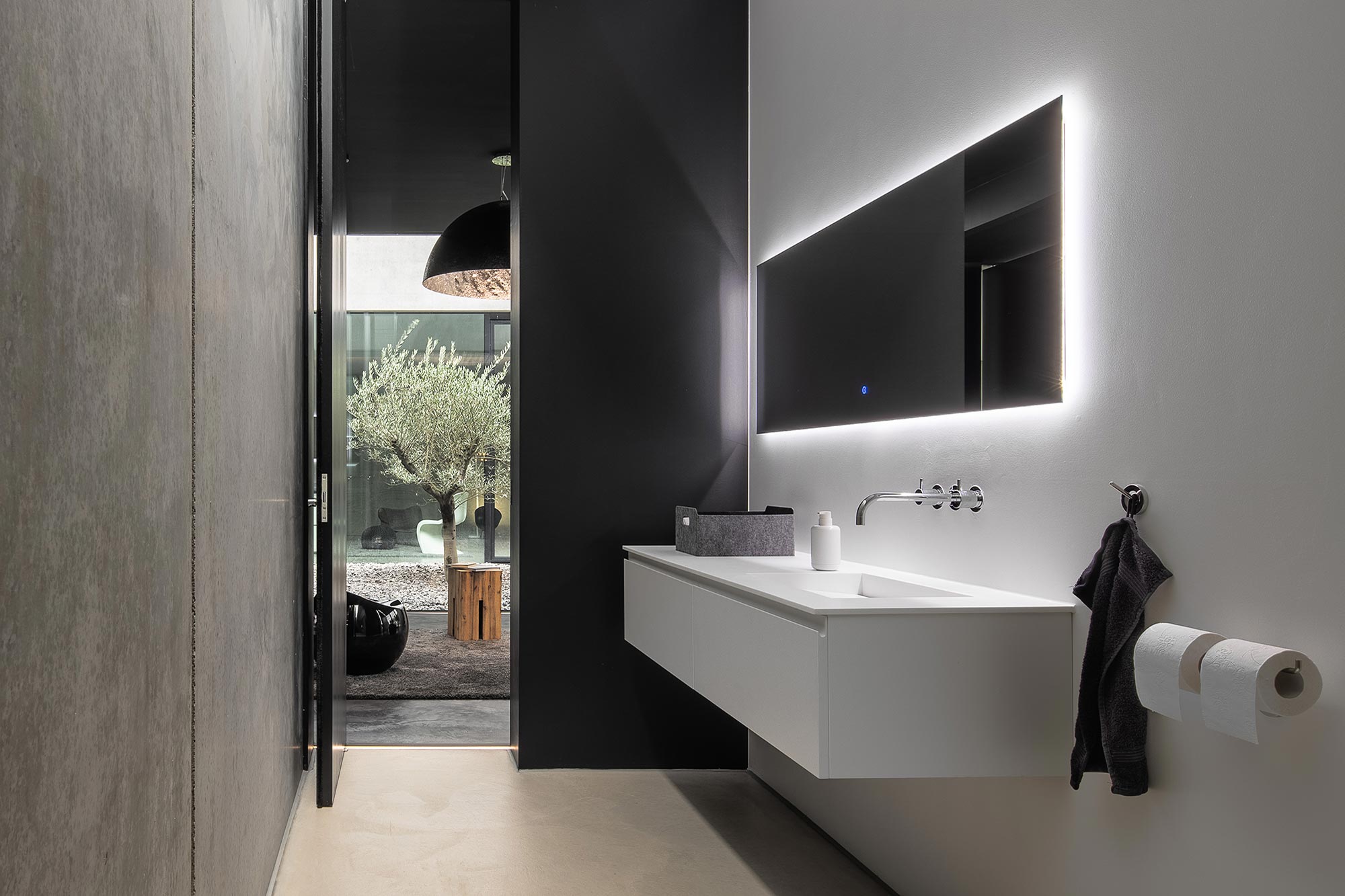
LIGHTOUTS
In order to realise such reduced lighting coves and completely avoid visible installation openings that disrupt the sense of
space, it is essential to involve the lighting planner in the design and construction process at an early stage. In this way, drivers and technology can be
seamlessly integrated in the early construction phases. Indirect lighting requires high wattages. For this reason, the LED strips used can only be installed
with appropriate profiles to dissipate the heat generated and at the same time ensure a long service life.
